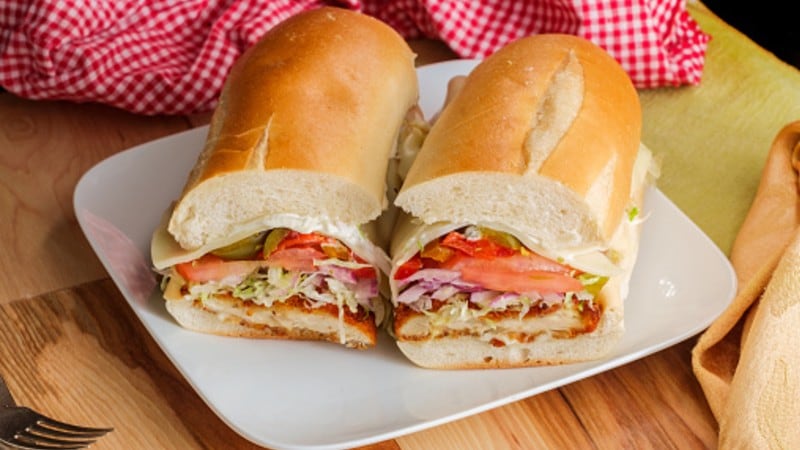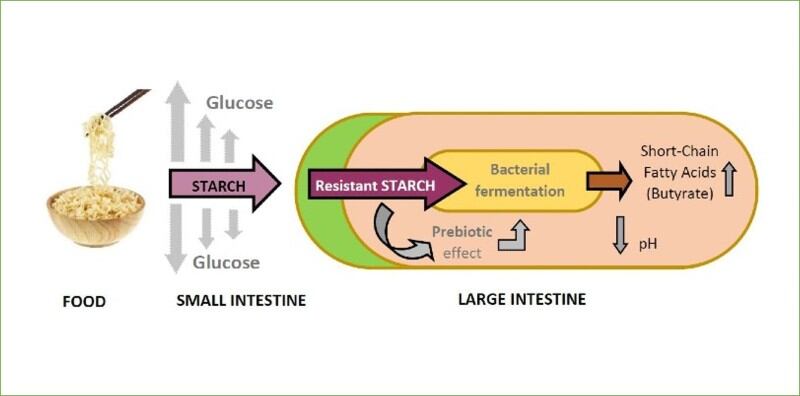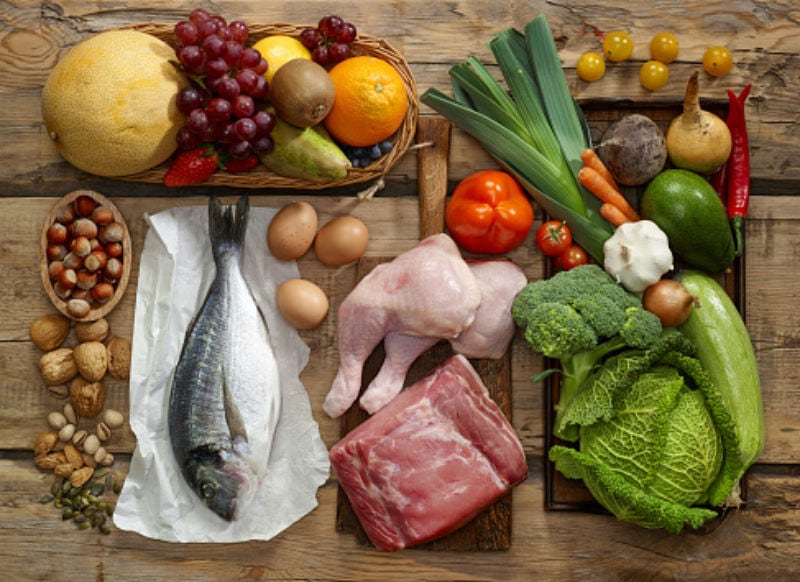Despite being based in APAC, Holista opted to start commercialisation with a partner in the United States as it wanted to reach a ‘major bread-eating’ market first, but now has its eye on markets closer to home as well.
“We preferred to launch in the United States as it is a major bread-eating country, and we also partnered well with Costanzo’s to put potential supply chain issues to rest early on in addition to observing a demand for such healthier options in the local market especially post-COVID-19,” Holista Colltech CEO Dr Rajen Manicka told FoodNavigator-Asia.
“Closer to home, we expect an Australia launch of low-GI white bread in 2021, probably early in the new year and are looking forward to that. We have also already been talking to partners in Singapore for a while, as well as in India, China and Malaysia so those markets are upcoming too.
“Singapore especially is one where we see major potential as the country is making a big push against diabetes and the government is moving aggressively to alert locals on the dangers and long-term financial impacts (some S$2bn/US$1.5bn a year) of this on public health so we expect things to move along quickly there soon.
“China also shows potential as studies have shown that 15.1% of all Chinese adults are pre-diabetic so definitely something will be happening to tackle diabetes, and low-GI will be one of these, whereas in India there’s also been a growth in diabetes especially in urban cities and especially amongst younger people, so we think large groups and food companies will also be interested in this.”
The low-GI white bread will first be launching under the Costanzo’s brand in the United States though, and Costanzo’s CEO Angelo Costanzo III told us that this would be in the form of sandwich carriers first.
“The first low-GI white bread products we will launch in the US will be sandwich carriers, sub-style products,” said Costanzo.
“We expect to put this out in all the top tier retail stores we are in. Although I do expect a slight pricing premium compared to the regular rolls, we definitely still will be competitive so as to hit the masses so this premium should be no more than 15% to 20% of the standard price.
“The tradeoff will be worth it though, as this is the world’s lowest-GI clean label white bread with a GI reading of 46 (regular white bread has a GI of around 70, and low GI foods have a reading of 55 or less) and we believe this will do really well in the US as there has been an explosive trend here with people paying more attention to their health.
“Consumers are really starving for a better-for-you white bread option of which there aren’t that many here, despite being a big bread-eating country - We want to give them the option, and piggy back off the explosive growth in this area. The hope is also that this will help us to create a whole new health-conscious consumer base with more people thinking of how to improve their health and make the right choices as 2021 approaches.”
Challenges: Ayurveda and taste
Dr Manicka added that the technology used to produce this low-GI bread premix was based on Ayurvedic concepts from India, involving a good number of herbs and plants from India, and unintentionally resulting in logistics challnges between Asia and North America as a result.
“Because a lot of the ingredients to make this product are based from Asian foods, particularly from India, this posed a sourcing challenge for us especially during COVID-19 when India placed tighter controls on some crops such as fenugreek, which price skyrocketed as it is also used as an immunity booster,” he said.
“The shipping time to North America could reach up to a month at sea, and the prices of lentils and okra also went up as production went down when farmers could not go to their farms – but luckily things seem to be settling down now.”
Next steps
Holista’s next move in terms of new product development will be to enhance its low-GI offerings, so as to make options available for manufacturers of muffins, pizza, pancakes, cookies, chocolate, ice cream and more.
“What we want to do is make a dent – a big dent – in the food universe with this low-GI tech so we definitely want to expand this to as many product types as possible. For example in Asia, we will look at more low-GI Asia-popular foods too such as dumplings, popiah skin, tortilla wraps and so on,” said Dr Manicka.
Over in North America, Costanzo said that the focus would first be on using the low-GI bread premix in a variety of shapes and sizes of sandwich carriers before proceeding to other bakery products.
“We have long rolls, sub rolls, round rolls and more so we will expand the low-GI formats for these first before looking to others. We definitely want to bring this to the forefront of the industry, and we’ll do it one roll at a time,” he said.
Holista Foods CEO Nadja Piatka added that the firm is also on track with plans to develop low-GI pasta in the region.





